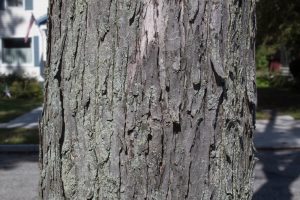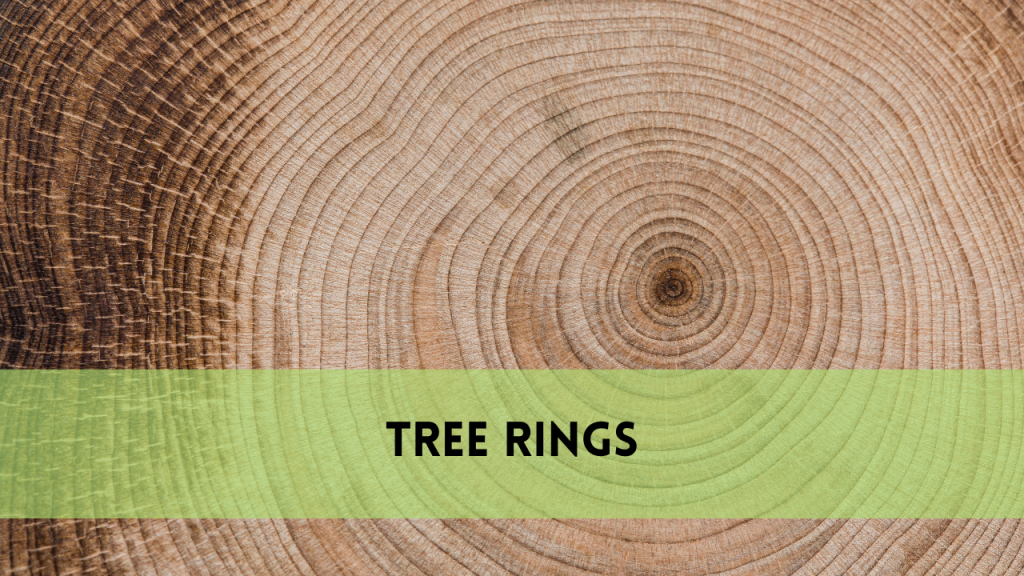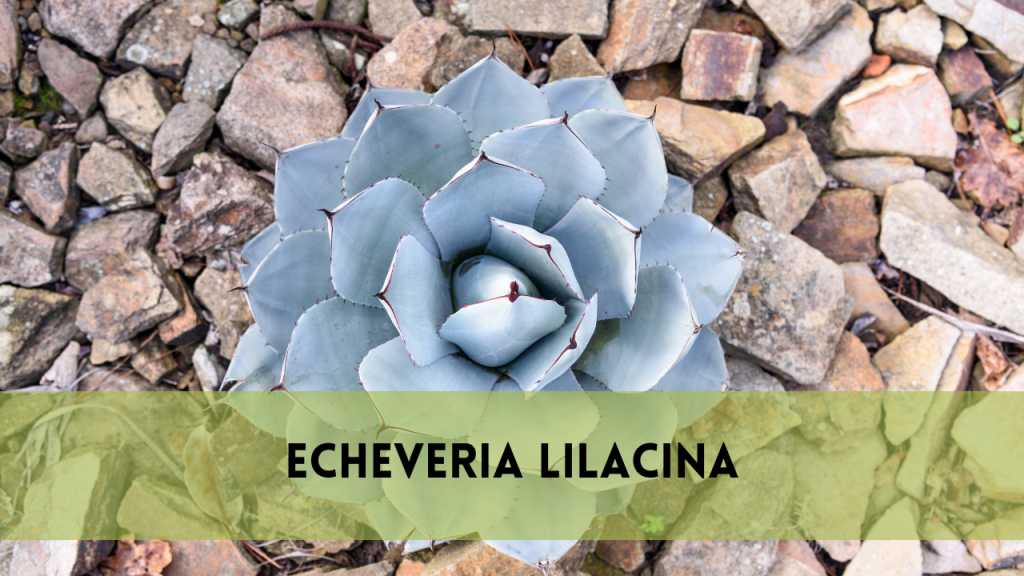Maple Tree with Silver Bark
Maple trees with silver bark are famous emblems of elegance and durability in a variety of landscapes. Their remarkable look and distinctive characteristics make them a source of respect for both arborists and nature enthusiasts. In this detailed guide, Arborist Heights will delve into the fascinating world of maple trees with silver bark, covering their distinguishing characteristics, care requirements, and maintenance procedures. Arborists may successfully manage and conserve the beauty of these towering trees by recognizing their intricacies, ensuring their life and vitality for future generations. Join us on this quest to discover the secrets of maple trees with silver bark.
What makes maple trees with silver bark unique?
Maple trees with silver bark have a unique attraction that distinguishes them in the botanical world. Unlike their counterparts, these trees have distinctive silver or greyish-white bark that gleams in the sunlight, providing a captivating visual contrast to their rich green foliage. This distinctive bark pigmentation not only lends attractiveness to the landscape but also acts as a natural defense mechanism against adverse environmental circumstances. The silver bark reflects sunlight, which helps to regulate the tree’s temperature and avoid sunburn during the hot summer months. Furthermore, it serves as a wonderful backdrop for seasonal changes, highlighting the tree’s beauty throughout the year. The silver bark of maple trees truly exemplifies nature’s limitless ingenuity and perseverance.

Maple trees with silver bark have certain characteristics
Bark Colour: Maple trees with silver bark have a characteristic silver or greyish-white bark color that distinguishes them from other maple species.
Texture: The bark of these trees is typically smooth and shiny, which adds to their visual appeal.
Peeling: In some situations, the bark will peel or flake, providing an interesting visual appearance.
Lichen Growth: Silver-barked maples have lichen patches that give the bark texture and interest.
Bark Patterns: Depending on the species, the bark may have minor patterns or markings that add to its aesthetic recognise
Thickness: Maple trees’ silver bark is relatively thick, protecting them from environmental pressures. People recognize silver-barked maples for their resilience to a variety of environmental conditions, such as drought and harsh winters.
Growth Habit: These trees grow at a moderate to rapid rate, resulting in a rounded or oval canopy. Silver-barked maple leaves are usually green but turn vivid yellow, orange, or red in the autumn. Maple trees with silver bark provide important habitat and food supplies for wildlife, such as birds and small mammals.
Identifying Maple Trees with Silver Bark
You can identify maple trees with silver bark by looking for specific traits that are distinctive to these gorgeous species. First, look at the bark color, which is usually silver or greyish-white and shines brightly in the sunlight. Next, look at the texture; silver-barked maples typically have smooth or slightly peeling bark surfaces. Look for lichen growth, which can provide colour and texture to the bark. Also, take note of the overall growth habit and foliage appearance, as these characteristics can help with identification. Consulting botanical books or seeking advice from professional arborists can also help distinguish maple trees with silver bark from other species.
Benefits of Maple Trees with Silver Bark
Maple trees with silver bark provide numerous benefits to both natural ecosystems and human surroundings. For starters, their eye-catching look enhances landscapes, adding visual intrigue and attractiveness throughout the year. Furthermore, these trees improve air quality by storing carbon and producing oxygen, which benefits the ecosystem. Furthermore, maple trees with silver bark provide habitat and food for various wildlife species, promoting ecosystem biodiversity. Furthermore, their shade and canopy protect against the sun’s heat, resulting in cooler microclimates and lower energy expenditures for neighboring structures. Overall, these trees contribute significantly to the health of both nature and communities.
Common issues and diseases
Maple trees with silver bark are generally resistant, but they are still vulnerable to some problems and illnesses. Common difficulties include:
Bark Damage: Mechanical injuries caused by lawnmowers, string trimmers, or other equipment can destroy the bark and expose the tree to infection.
Fungal Infections: Diseases like anthracnose, powdery mildew, and verticillium wilt can harm the tree’s foliage and overall health.
Insect Infestations: Pests such as aphids, scale insects, and borers can harm leaves, stems, and bark, threatening the tree’s health.
Environmental Stress: Drought, poor soil conditions, and air pollution can all weaken maple trees, making them more vulnerable to diseases and pests.
Excessive wetness or insufficient drainage can induce root rot, resulting in tree decline and mortality.
Proper care and maintenance practices
To keep maple trees with silver bark healthy and vibrant, use these care and maintenance methods.
Regular Inspections: Regularly, inspect the tree for signs of damage, disease, or pest infestation.
Pruning: Pruning involves removing dead, diseased, or damaged branches to enhance air circulation and reduce the risk of infection.
Watering: During dry months, provide enough water to keep the soil moist but not waterlogged.
Fertilization: use a balanced fertiliser to promote healthy growth and overall vigour in spring
Mulching: Apply an organic mulch layer around the tree’s base to retain moisture, reduce weeds, and promote soil health.
Proper Planting: Plant maple trees in well-drained soil, giving them enough space to thrive without crowding.
Pest Management: Keep an eye out for insect pests and treat infestations as soon as possible, using environmentally safe control methods.
Disease Prevention: To reduce the risk of fungal infections, practice proper hygiene and avoid overhead watering.
Professional Care: Consult a certified arborist for the correct diagnosis and treatment of any concerns or diseases that are outside your area of competence.
Environmental Considerations: To support the tree’s overall health and resilience, reduce stressors such as excessive pruning, soil compaction, and chemical exposure.
Pros and cons of DIY pruning
Pros
Cost Savings: DIY pruning might save you money compared to hiring a professional.
Convenience: You can prune when it is convenient for you, rather than relying on external schedules.
Learning Experience: DIY pruning allows you to learn about tree care and upkeep.
Immediate Action: You can resolve minor concerns without waiting for professional help.
Cons
Lack of Expertise: Inexperienced people may prune incorrectly, causing harm or sickness.
Safety Concerns: Pruning can be dangerous, especially when working with towering trees or with power tools.
Potential Damage: Improper pruning practices might impair the tree’s health and appearance.
Limited Equipment: Some trimming jobs may require specialized equipment that DIY enthusiasts may not have access to.
Related Posts:
The benefits of hiring a professional arborist
Expertise: Arborists have specialized knowledge and training in tree care, ensuring proper pruning procedures and tree health.
Safety: Professionals have the essential equipment and knowledge to prune properly, reducing the chance of injury or property damage.
Proper Diagnosis: Arborists can accurately assess tree health, diagnose problems, and offer solutions. Professionals efficiently complete pruning duties, saving you time and effort.
Long-Term Investment: Professional pruning improves tree longevity and attractiveness, resulting in increased property value and enjoyment.
Insurance Coverage: Many professional arborists carry liability insurance, which protects them financially in the event of an accident or damage.
Arborists tailor pruning procedures based on unique tree species, growth trends, and environmental variables to get the best outcomes.
FAQS
Can I prune my maple tree at any time of year?
Although you can prune maple trees at any time of year, we recommend avoiding extensive trimming during the vigorous growing seasons of spring and summer. We frequently recommend major trimming in late winter or early spring, before new growth begins, to reduce stress on the tree.
How much can I trim from my maple tree?
The age, health, and species of the tree determine how much pruning is necessary. To prevent stress and maintain good regrowth, try not to remove more than 25% of the tree’s foliage in a single year.
Will trimming my maple tree be harmful?
Proper pruning techniques conducted by professional arborists reduce tree damage and encourage healthy development. However, excessive or incorrect pruning can harm the tree, causing stress, disease, and decline.
What is the recommended frequency for trimming my maple tree?
Pruning maple trees every 3–5 years helps to preserve shape, remove dead or diseased branches, and promote optimal growth. However, the frequency of pruning may vary depending on the tree’s age, health, and unique requirements.
Can I trim my maple tree, or should I hire a professional?
Householders can perform minor trimming tasks, but professional arborists should handle larger or more complex pruning tasks. Arborists have the knowledge, tools, and safety training to ensure proper tree care while minimising the risk of harm or damage.
Conclusion
Finally, correct silver bark cutting is critical for maple tree health, appearance, and longevity. Homeowners can guarantee that their maple trees will thrive for years to come by studying their particular traits and adhering to prescribed trimming procedures. Prioritizing tree care, whether it’s minor pruning or obtaining expert help from arborists, is essential for preserving a thriving and beautiful landscape. Arborist Heights can provide experienced direction and support with maple tree trimming and other arboricultural services. Arborist Heights, with its experience and passion for tree health, can assist you in achieving the desired results while maintaining the beauty and vitality of your maple trees.




